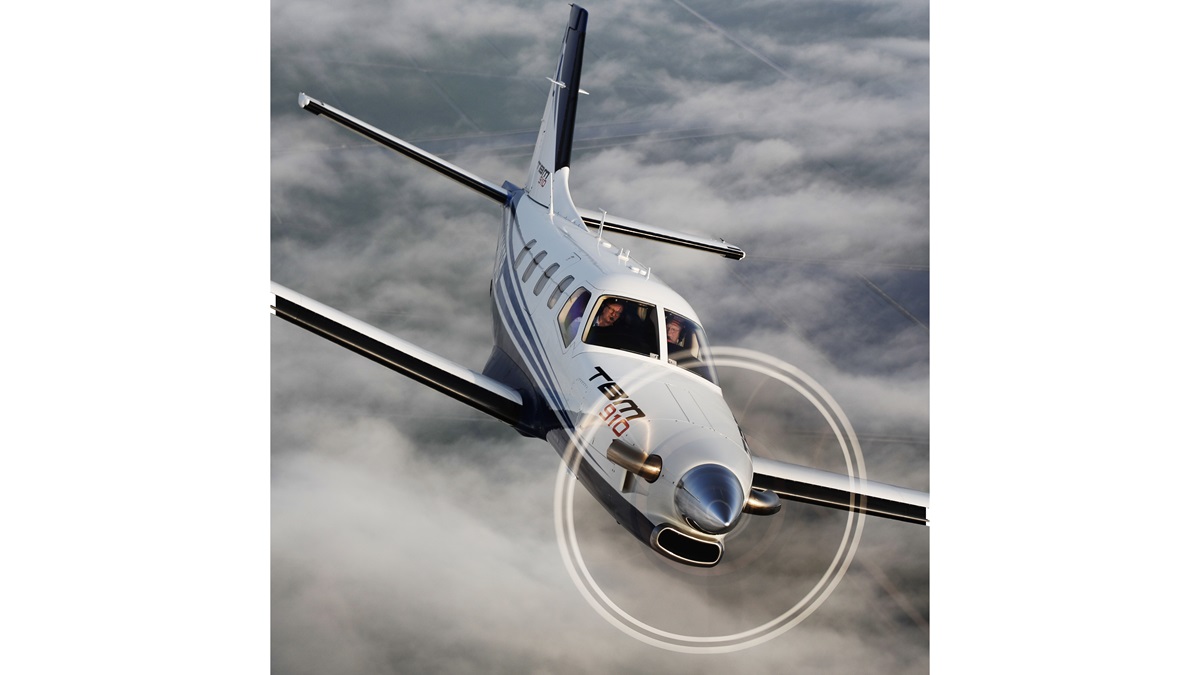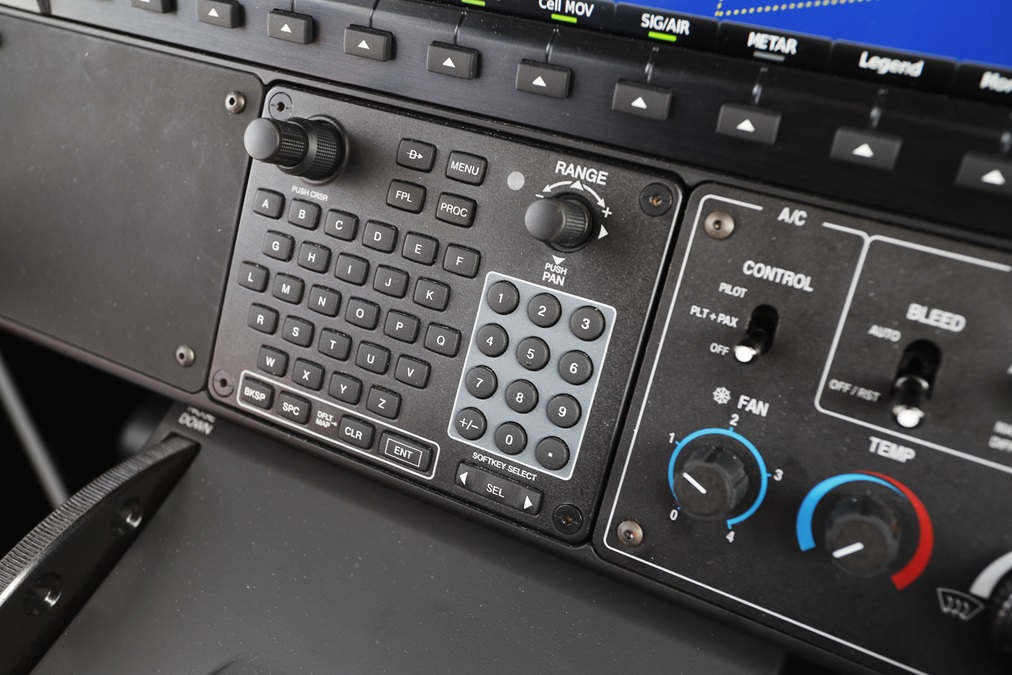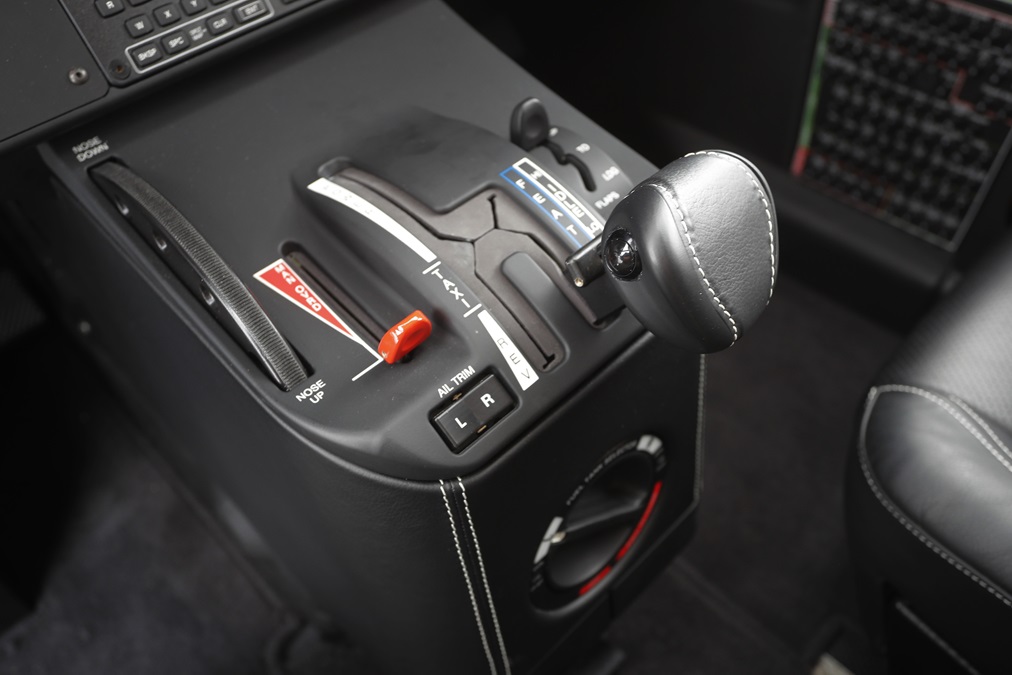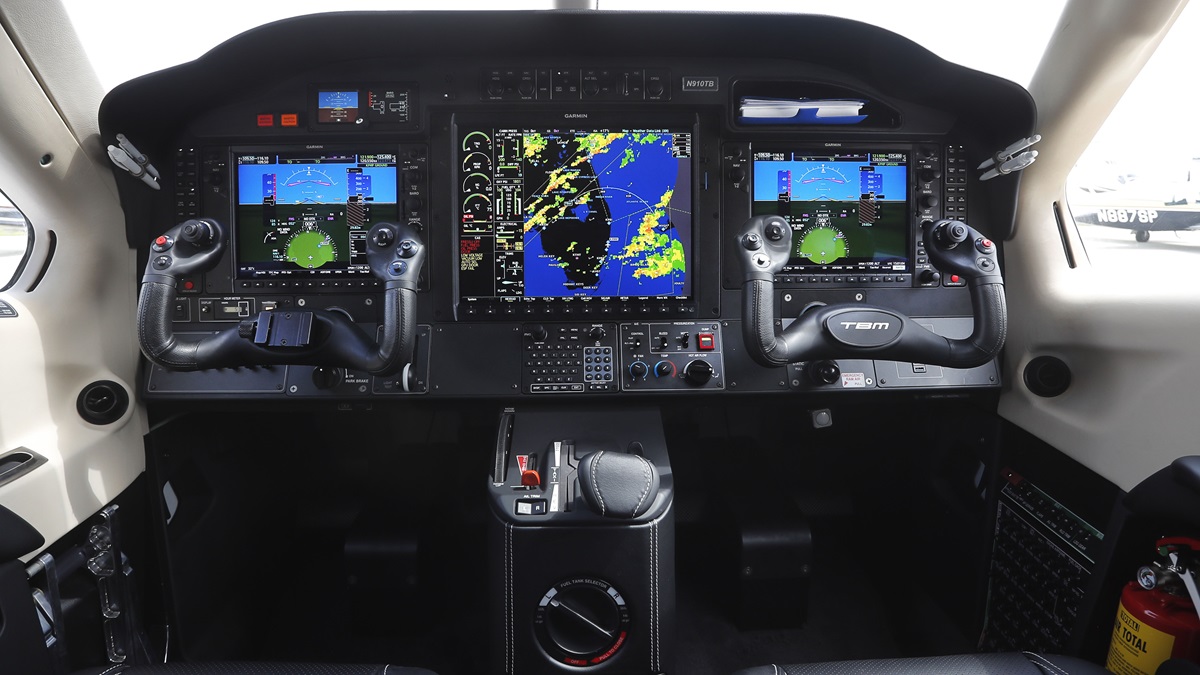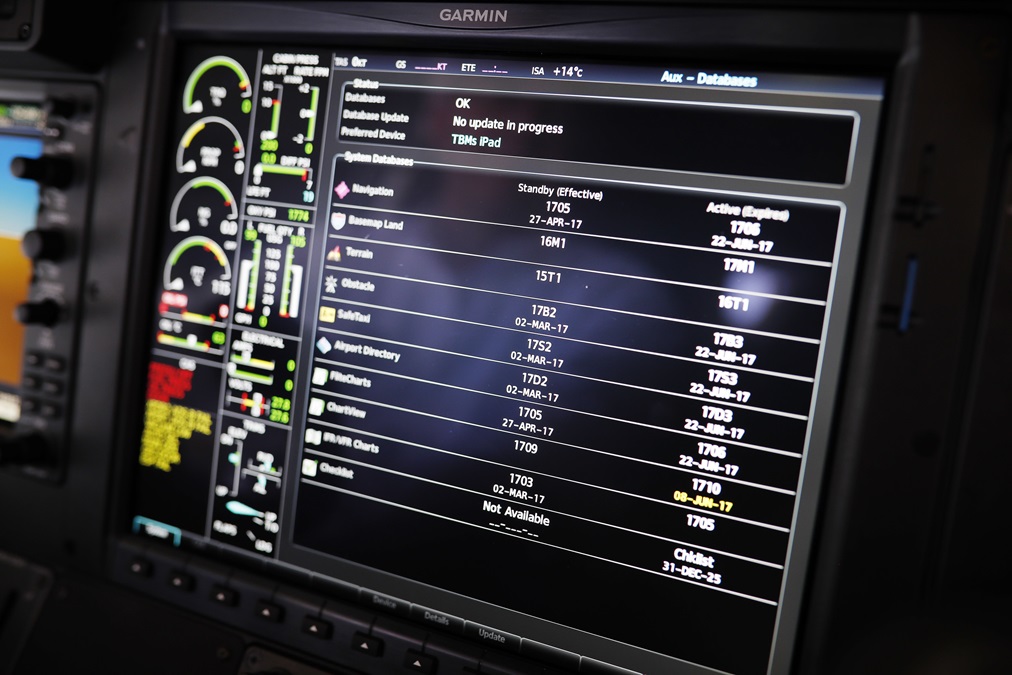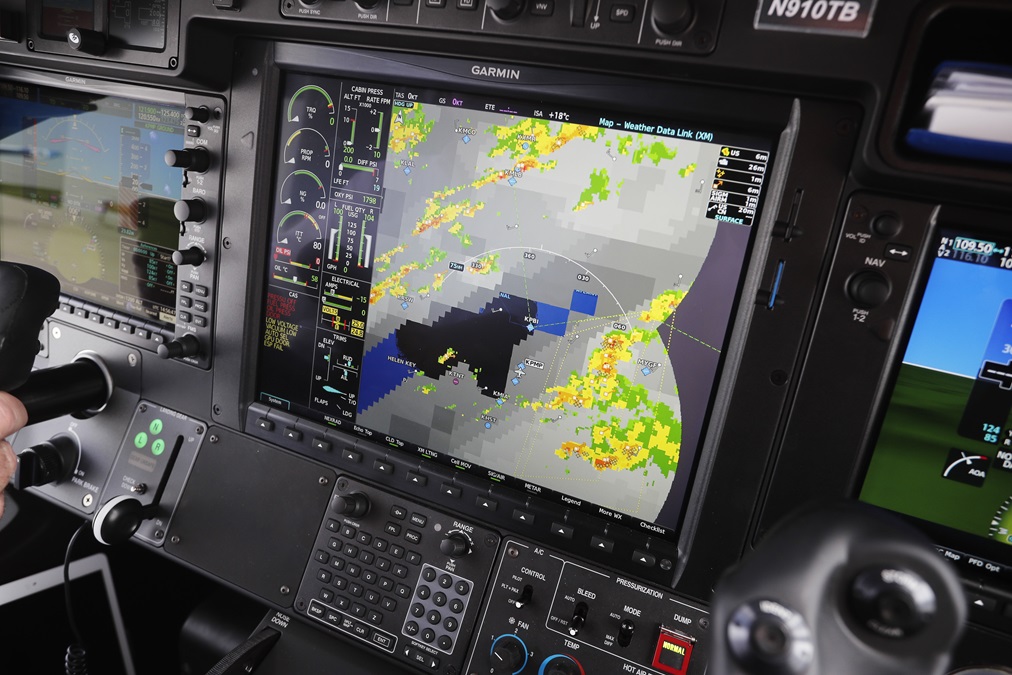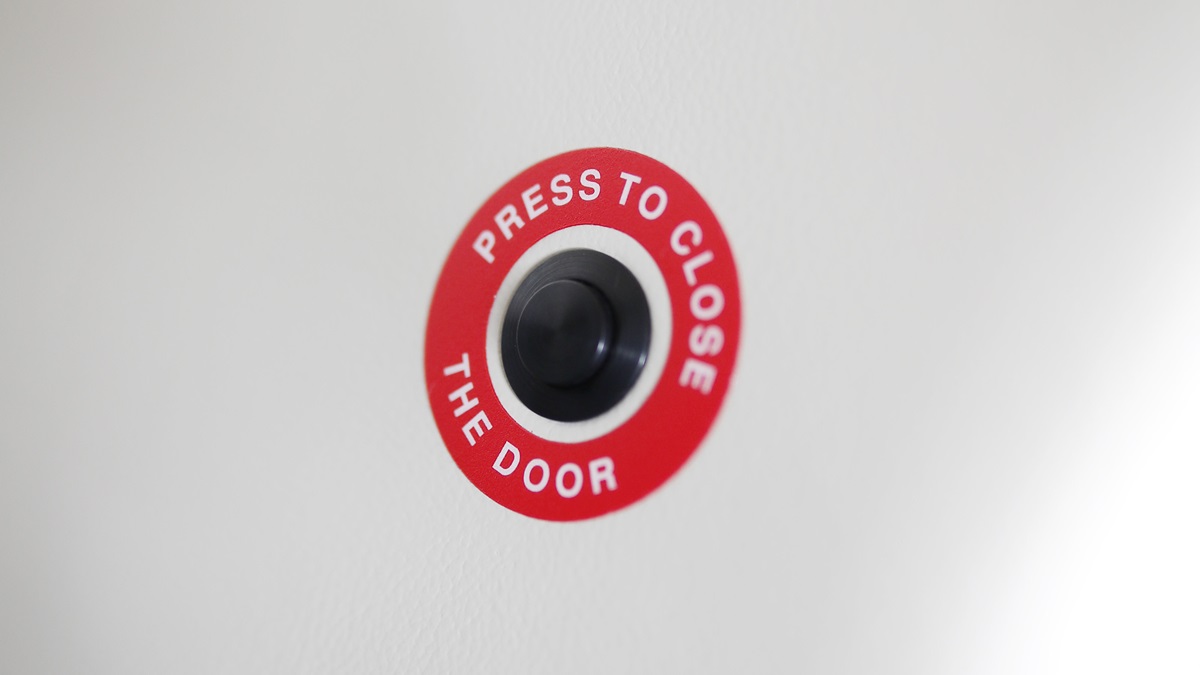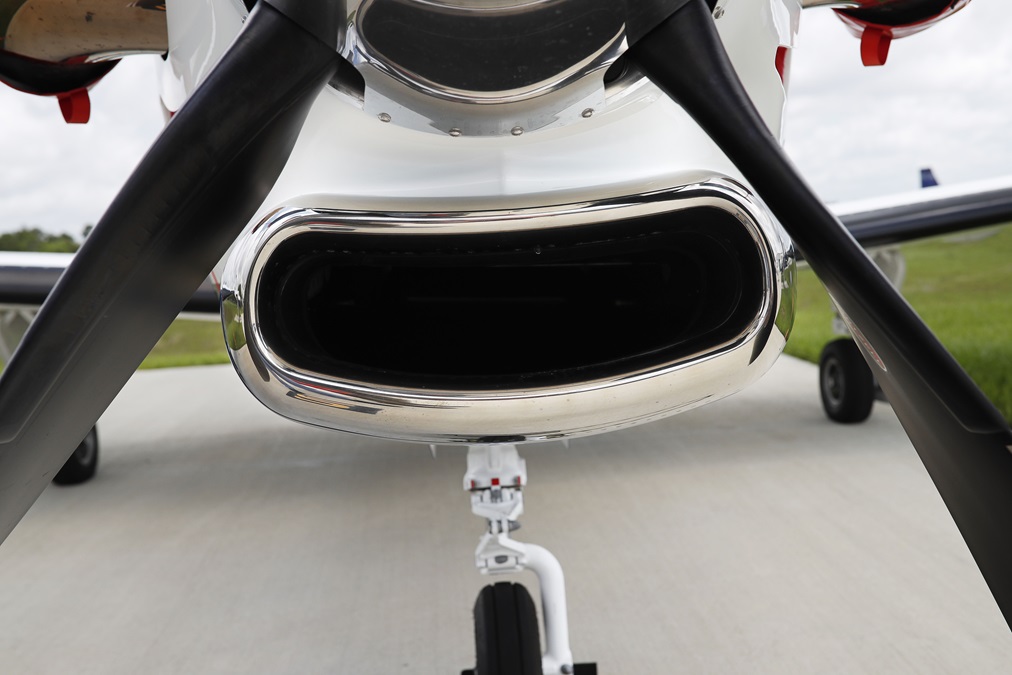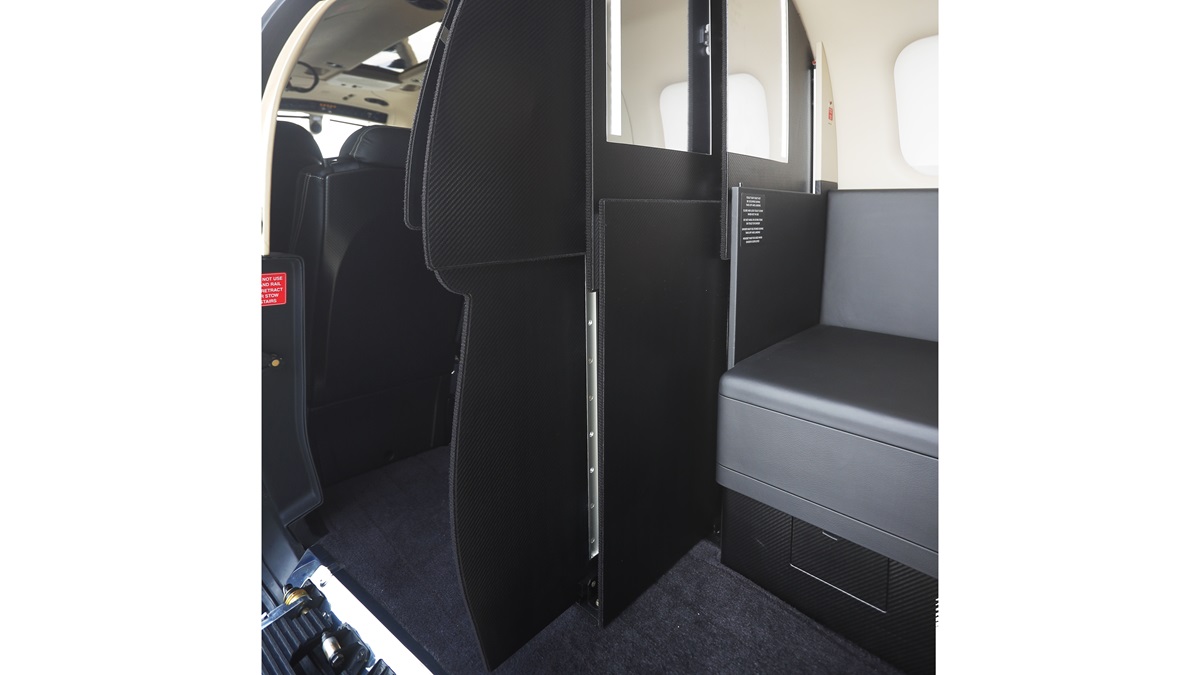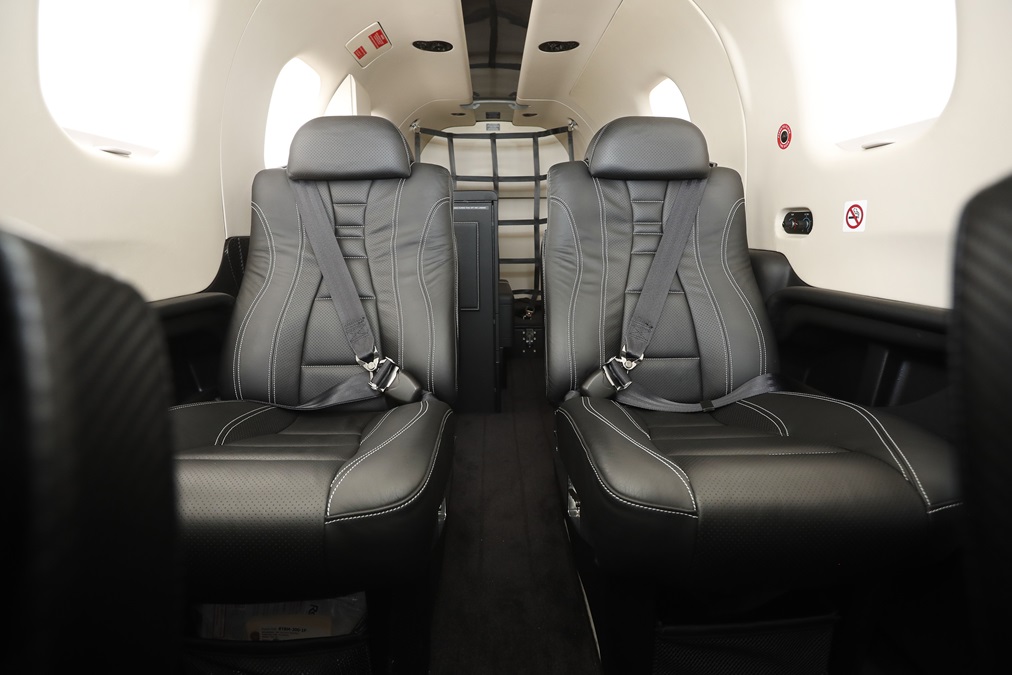Turbine Pilot: Panel Power
TBM 910 fills a niche
When planning for the TBM 930, Daher debated whether to offer customers a choice. Should the latest-and-greatest G3000 be standard, or should customers be able to opt for the suddenly “old-school” G1000? Figuring that some customers would already be familiar with the G1000’s tactile-rich, knobs-and-pushbuttons central keypad, it was kept on the order sheet. Others would go for the G3000’s new pushbutton keypad and split-screenview features.
The conventional thinking was that the G3000 would probably, someday soon, eclipse the G1000. Wrong. Turns out that although some 60 percent of customers went for the G3000 in 2016, the other 40 percent sprang for the trusty old G1000 panel. That amounted to 25 airplanes. And midway through 2017, the trend went even further to the G1000-equipped 910, with exactly half opting for that model and half for the 930.
A few months is an eternity in the avionics world. So in January 2017 there was fresh incentive to retain the G1000 option when Garmin announced its new G1000 NXi. The NXi has many of the G3000’s features and adds Garmin’s Connext Services, connected-cockpit technology via Garmin’s Flight Stream 510. Via the Garmin Pilot app, Flight Stream can perform Wi-Fi/Bluetooth database updating and flight plan loading to the G1000 NXi. It can work the other way, too. Traffic information service-broadcast (TIS-B) traffic, flight information system-broadcast (FIS-B) and SiriusXM weather, GPS, and attitude data can be sent from the panel to your iPad.
Like the G3000, the NXi’s screens can be split, so that multiple screenviews’ worth of information can be shown. It also boots up faster, and has brighter and more lifelike terrain depictions thanks to better screen resolution. Similarly, the fonts for numbers and text are more discernable than those of a plain G1000, and the engine gauges on the multifunction display are larger. The MFD can depict VFR sectional, and IFR high- and low-altitude en route charts. A software upgrade (GDU20.51) will allow IFR departure, arrival, and approach plates to display on the MFD in split-screen mode, making it possible to simultaneously view flight plan or navigation chart information. Terrain advisory and warning system (TAWS), traffic, Nexrad (or weather radar), or nav chart information can also be viewed in the NXi’s new horizontal situation display depictions. Coming soon: Garmin’s SurfaceWatch, which gives visual and aural alerts of the airplane’s position relative to an airport’s runways and taxiways.
TBMs with the G1000 NXi are such a step up from the 900 that the company calls them TBM 910s. The only differences between a 910 and a 930 are the panel, and the price. The standard 910 lists for $3.683 million; the standard 930 goes for $3.979 million. The speeds, runway performance, fuel burns, range, and all the rest are identical.
That includes what Daher calls its “e-copilot.” This is a standard system that protects against under- and overspeeds by using the Garmin GFC 700 autopilot servos. Get too slow or too fast? A voice alert, not a simple chime, sounds off. Get so slow that a stall is imminent, and a stick-shaker physically vibrates the control column.
Either way, too slow or too fast, the servos will automatically lower or raise the nose to correct. If you fight the controls in these situations, the servos will fight back. An angle of attack sensor and display is also onboard, as is an emergency descent management (EDM) feature. EDM monitors cabin altitude and, using the autopilot, will automatically turn 90 degrees, squawk 7700, then descend the airplane to 15,000 feet. Meanwhile, a “use oxygen mask” voice alert and PFD annunciation are invoked. It’s all designed to combat emergencies such as pilot incapacitation caused by hypoxia or other events.
Since June 2016, TBM 910s and 930s have been fitted with a new go-around feature. Let’s say you’re on an instrument approach. You’re on autopilot, past the final approach fix, and have set the missed approach altitude in the altitude preselect. You descend to minimums, and sure enough, you don’t see the runway. To activate the go-around function, press the go-around button on the power lever and power up. The command bars will automatically pop up to the correct climb pitch attitude for your flap setting, guide you to the missed approach altitude, and give you cues to level off. Of course, these e-copilot features are specifically aimed at making the single pilot’s workload and procedures safer when things get challenging.
Get too slow or too fast? A voice alert, not a simple chime, sounds off. Get so slow that a stall is imminent, and a stick-shaker physically vibrates the control column.But the 910 isn’t just about avionics. By removing the two aft-most seats, the standard four- or five-seat cabin layout of the 910 or 930 can be rearranged to make space for what Daher calls a “privacy compartment,” which contains a flushing toilet. And what a setup it is! No cat-litter trays and fabric partitions here. Instead, with the press of a button, what looks like a standalone side-facing seat is transformed into an enclosure sealed by multiple hard doors that emerge from a corner of the beefy seat structure. In what must go down as one of the most ingenious toilet installations ever, an electric motor deploys a sliding array of three carbon-fiber panels, one of which is equipped with a mirror.
Go ahead and laugh, but the $36,635 option has proven popular. “Before this, anyone wanting a turboprop single had to buy a [Pilatus] PC–12 to get a flushing toilet with a hard door,” a Daher official said, adding that three airplanes had been sold on the strength of the “compartment” alone. By the way, the compartment is retrofittable to TBMs with serial numbers 610 and up, meaning everything after the 2012 TBM 850s.
The toilet uses 2.6 gallons of blue water and has its own waste tank. When the tank is full you can service the toilet—or have someone else do the job—but some simply toss it out and replace it with a new one. Cost: $129 from West Marine, a chain that sells boat supplies.
We visited Daher’s new U.S. headquarters at the Pompano Beach, Florida, airport to fly the 910, sample the envelope-protection and go-around features—and, yes, to watch the privacy compartment go through its intricate moves (Daher said it did more than 1,000 test deployments to prove its reliability). The Pompano facility is light years better than the old setup at Pembroke Pines, Florida’s North Perry Airport. It’s bigger, with two service hangars able to accommodate six airplanes each, 39 employees, and all the ramp space it never had before.
Like those before it, the newest TBM didn’t disappoint. Lift off at 85 knots, climb out at 140 to 150, wait 20 minutes or so, and you’re at FL280 cruising at 315 knots. (Under standard conditions, maximum cruise at FL300 is 330 knots—the same as the TBM 930.) After the photo mission, it was back to Pompano, doing 100 knots down final, reducing to 85 on short final with full flaps, and a go-around for another pattern entry.
Some designers and manufacturers seem to get it right, from day one. The TBM series is one example. It’s had an enduring appeal, with recent years posting a delivery a week, like clockwork. Unlike so many other general aviation airplanes these days, the TBM 910 and 930 are more than holding their own during recessionary times.
Email [email protected]

